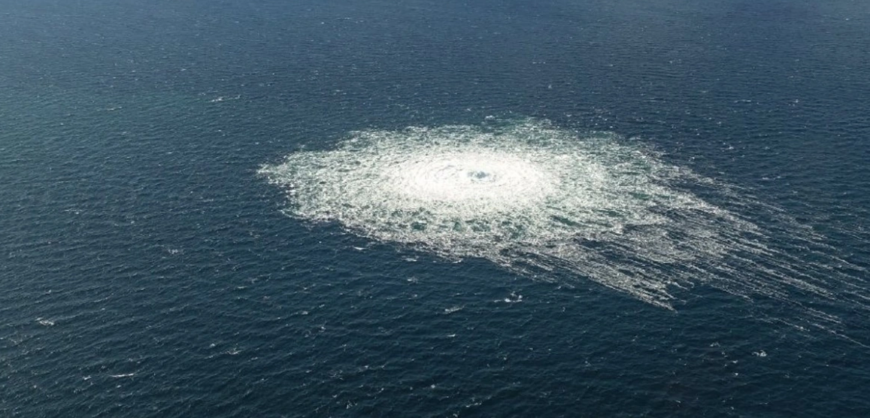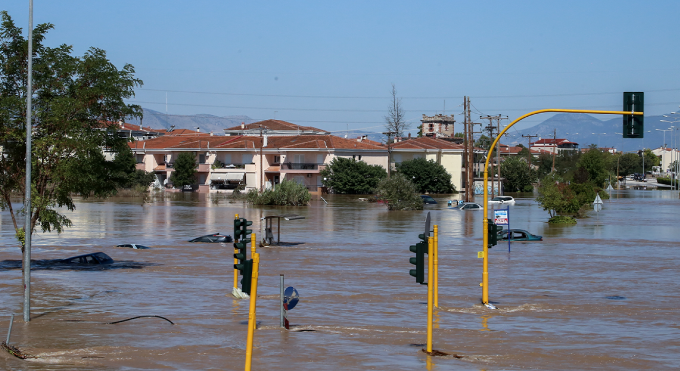The possibility of a sabotage as the cause for the natural gas leak in the Russian pipeline “Nord Stream” is growing as in just 24 hours three submarine lines of the system in the Baltic suffered “an unprecedented damage”.
At the same time, seismologists in Denmark and Sweden recorded on Monday strong explosions in the areas where leaks were observed in the Nord Stream pipeline, as reported by the Swedish National Seismological Center (SNSN) of Uppsala University. “There is no doubt that these were explosions,” seismologist Bjorn Lund told public broadcaster SVT.
The Danish military published footage from the site of the leak on Nord Stream. pic.twitter.com/OgoXeWPDSF
— NEXTA (@nexta_tv) September 27, 2022
The management company of the Russian pipeline, the Kremlin, a source of the German government, Poland and Denmark do not rule out the possibility of sabotage.
In a statement today, Kremlin spokesman Dmitry Peskov said the possibility of sabotage cannot be ruled out, while photos and videos posted online from the site of the leak show the extent of the problem.
As the managing company “Nord Stream AG” announced, within one day, three submarine lines of the “Nord Stream” gas pipeline system in the Baltic suffered “unprecedented” damage.
Washington Examiner: Cyprus should get more US arms support – Analysis
Se video og fotos af gaslækagerne på Nord Stream 1 og 2-gasledningerne i Østersøen på https://t.co/pj96CN7CDB: https://t.co/7bgt8TljaH #dkforsvar pic.twitter.com/I1zEPaBLYO
— Forsvaret (@forsvaretdk) September 27, 2022
The management company “Nord Stream AG” clarified that it cannot calculate when operations will be restored.
German authorities confirmed last night that they had detected a sudden loss of pressure in both pipelines of “Nord Stream 1”. It was preceded by the news of a leak in the other pipeline from Russia to Germany, “Nord Stream 2”.
It is noted that the “Nord Stream 1” pipeline, which consists of two parallel lines capable of transporting 27.5 billion cubic meters per year each, began supplying gas directly from Russia to Germany in 2011.
Natural gas prices rose 20% on Tuesday, with markets predicting that the problem is far from being over. Prices are still below this year’s peaks, but remain more than 200% higher than early September 2021.



































